Let me begin with my miserable excuses: (1) the weather was sh.., (2) the film was another ‘back of the fridge’ discovery, expired nearly 4 years ago, (3) probably because of poor storage the film was badly fogged, (4) the purpose of the exercise was to check that a newly bought iiig functioned properly not to take great photos, but rather than 36 shots of my left foot I decided to take a walk and just snap away, (5) the film was developed in Bergger PMK Pyro. No development time for this film was given or was available on the massive development chart, so I took a guess – 15m at 21degC.
The film was scanned with a Sony A7Riii, Sigma 105mm macro at f5.6, BlackScaleLabs 35mm system, and images processed in RawTherapee. Looking at the histogram there was a small blip in the middle of the range – that was the image. Fairly drastic manipulation of the contrast curve was necessary, but I am quite happy with the development time and the performance of PMK.
At this point I started thinking – always a dangerous exercise. This is a fast film (I regard PanF as medium speed). In the early years of last century and before, photographers were often using film where the ASA could be counted on one hand. Slow films are high contrast (at least modern emulsions) while fast films have a flatter response curve. So how come old photographs are not just deep blacks and glaring whites, how did they get a full tonal scale? My thoughts turned in the direction soft working developers, and a very common developer in the early days was pyro – a soft working developer. Retropan Soft, low contrast lighting, soft developer – hence very flat negatives.
The images look like low contrast prints from the 1950s and before, grain looking like the image is chiselled in concrete. Does Retropan Soft do what it says on the tin? You bet it does. If that is the look you want then I highly recommend it.
The featured image was taken along one of the main thoroughfares in Brussels, the road is on the right and a glass fronted building on the left, taken with an Elmar 50mm f3.5. This was a rare occasion where I quickly responded to events going on around me – the traffic lights ahead had changed, a phalanx of vehicles was rushing towards me and I could see the reflections in the building. I generally preset aperture and exposure time when the ambient light is consistent, and usually keep the camera focussed on near infinity. Raise camera, point, click.
The images below in Brussels taken in a space of four consitently dull days. Taken with the Summar unless stated otherwise.
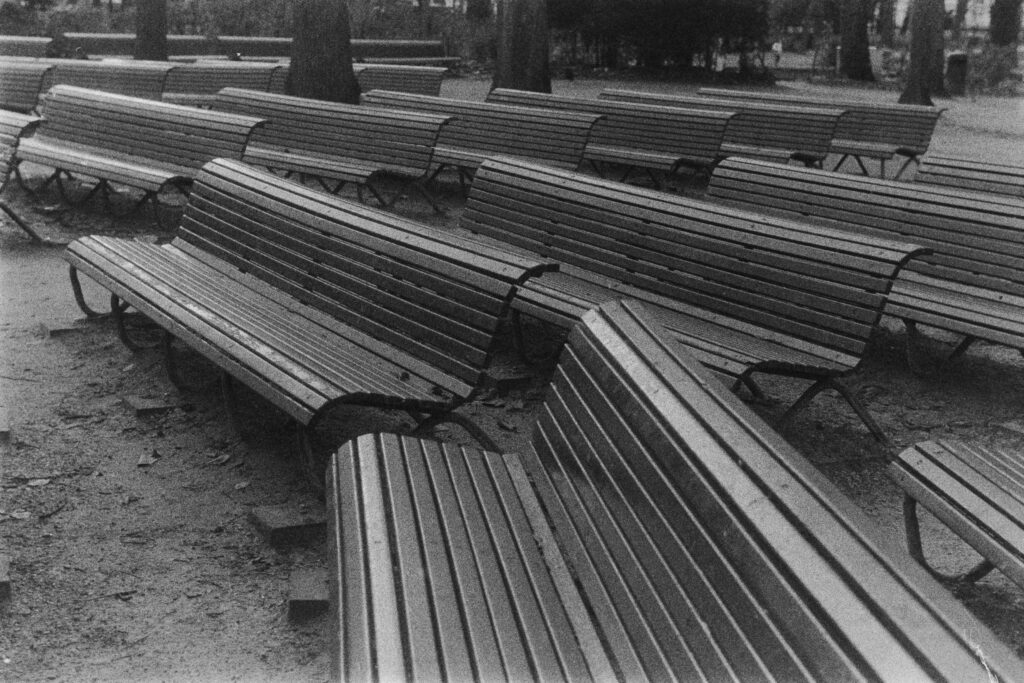
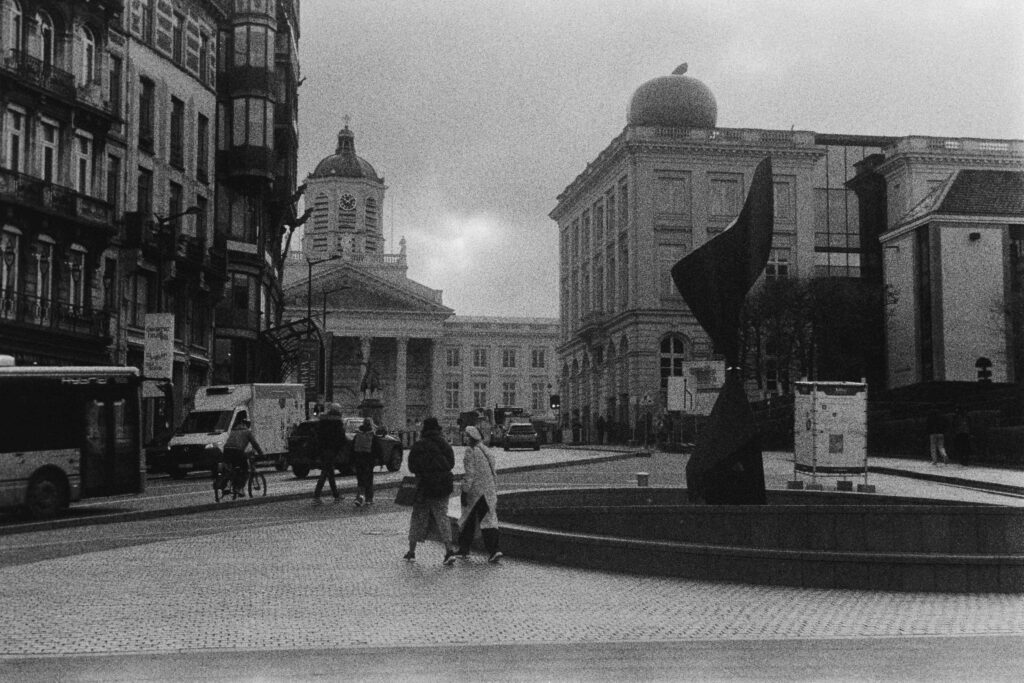
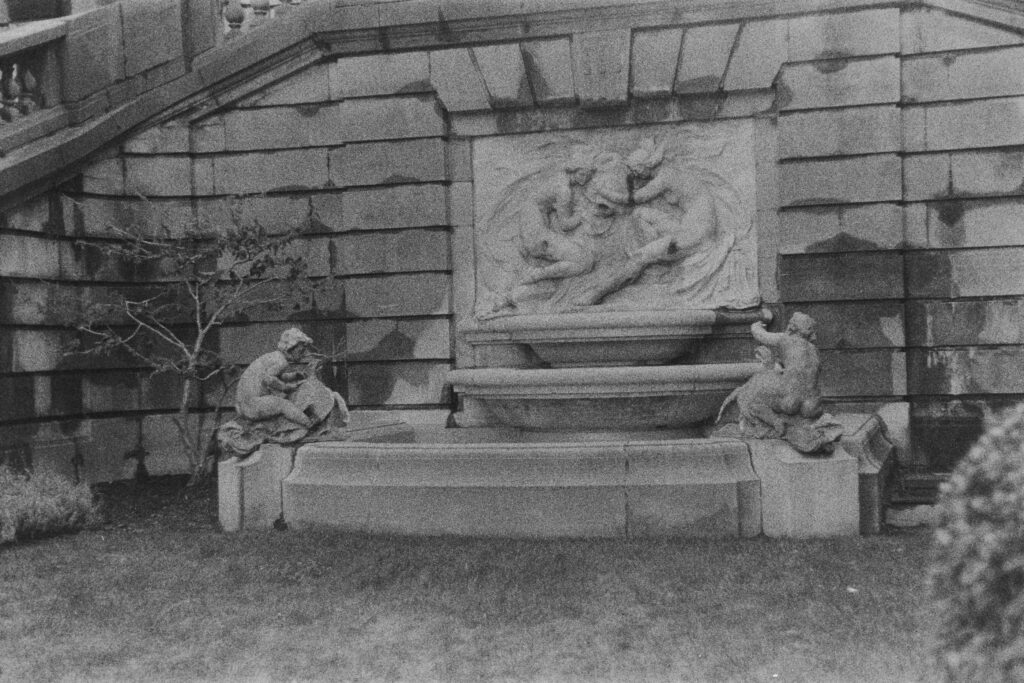
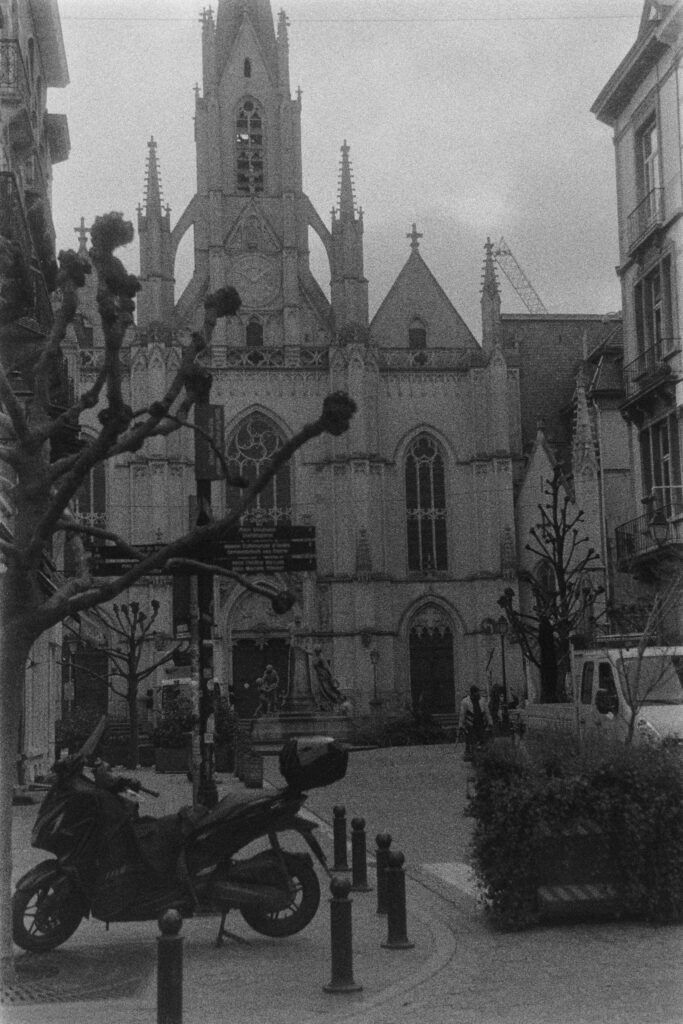
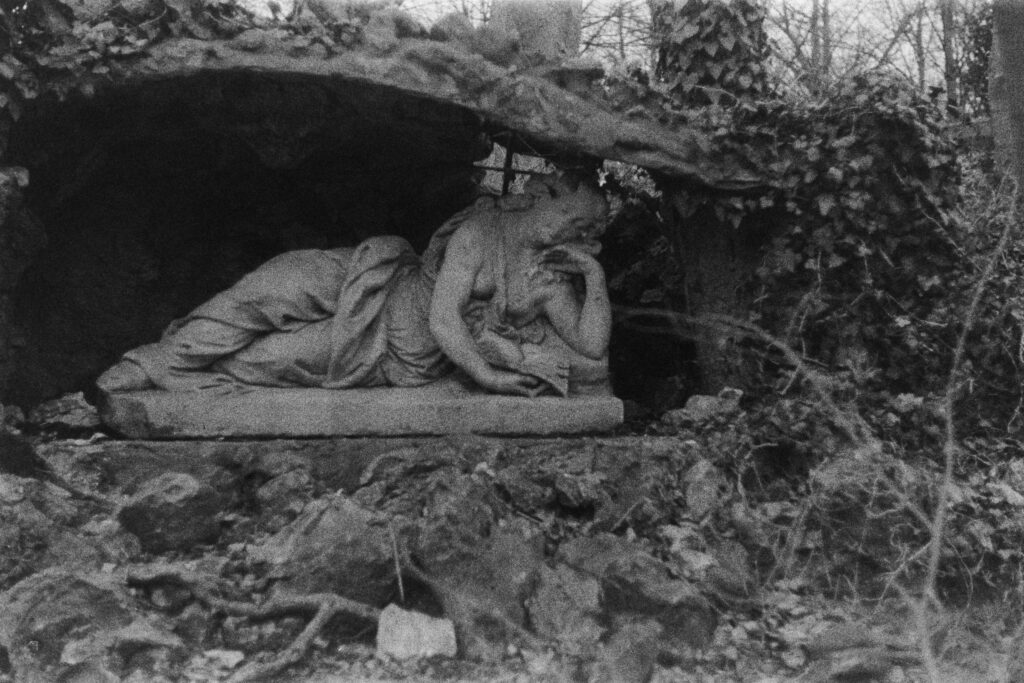

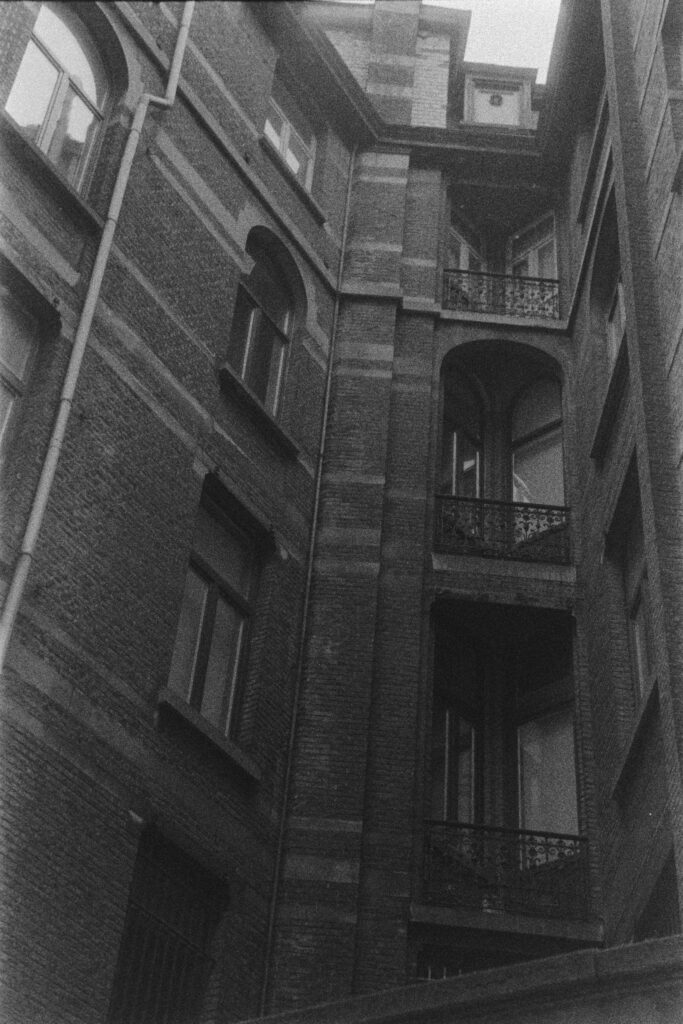
Share this post:
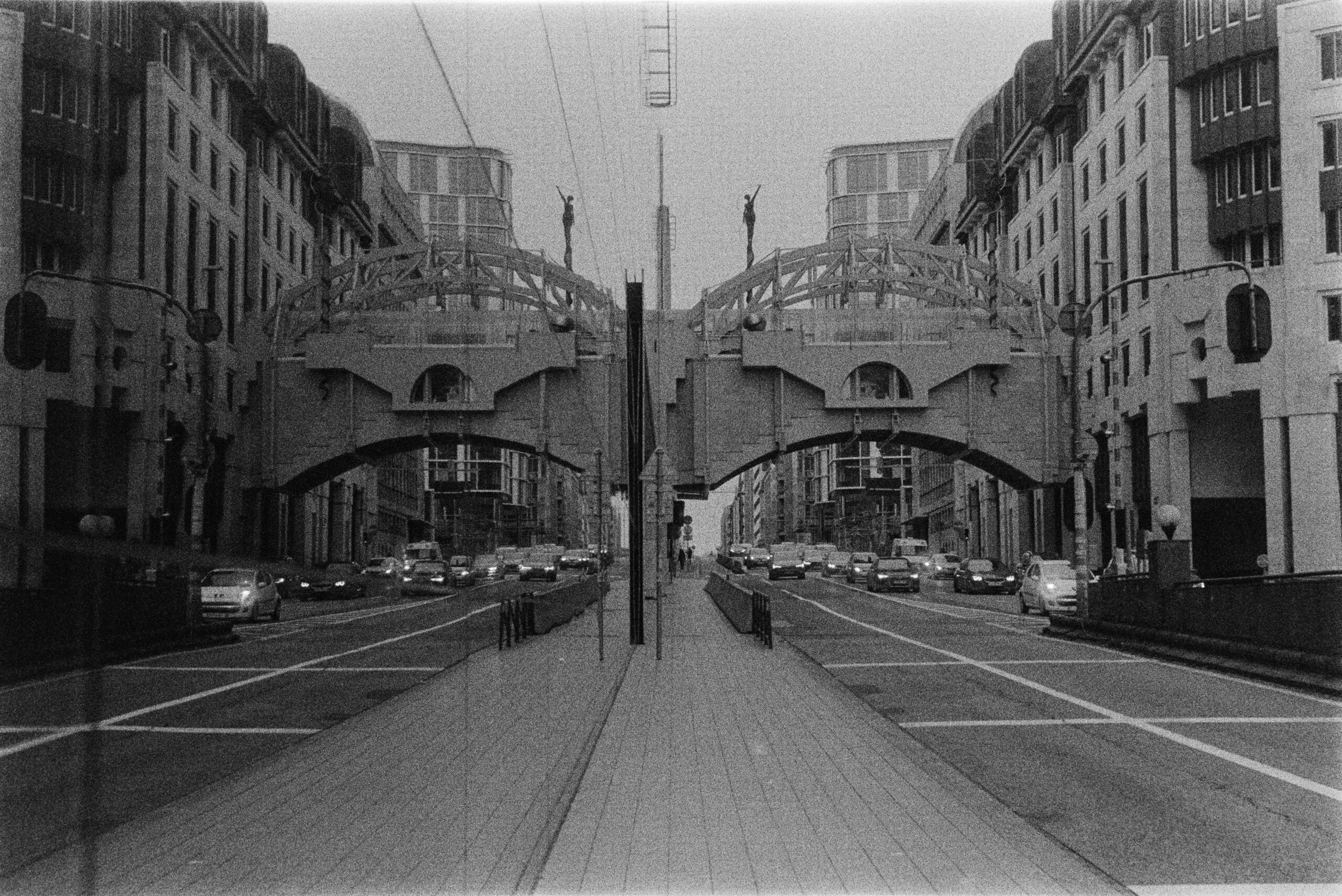

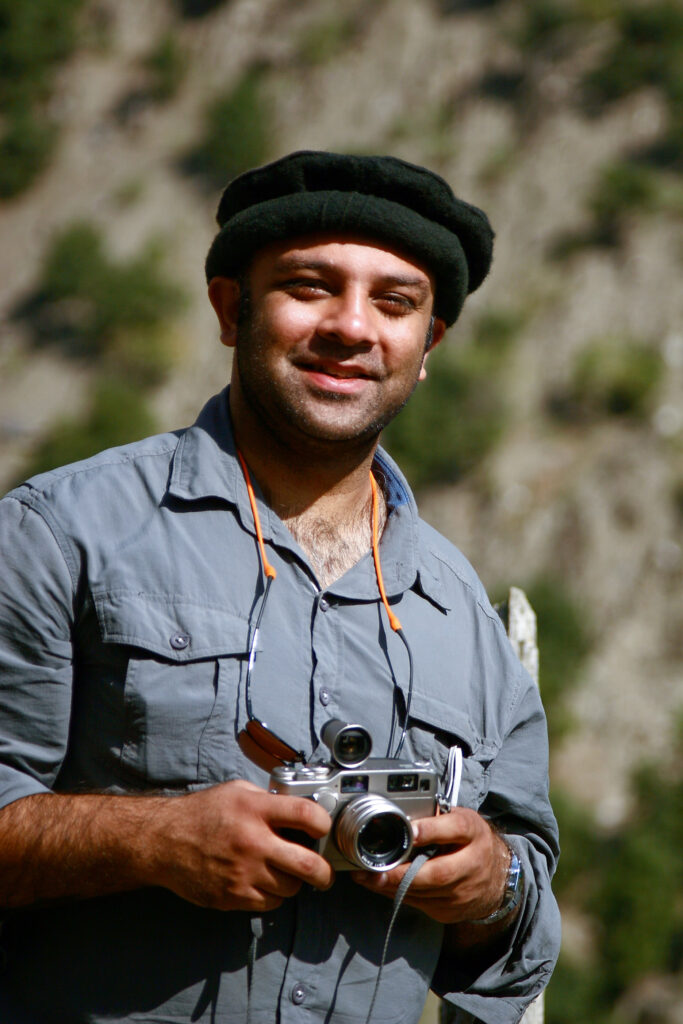
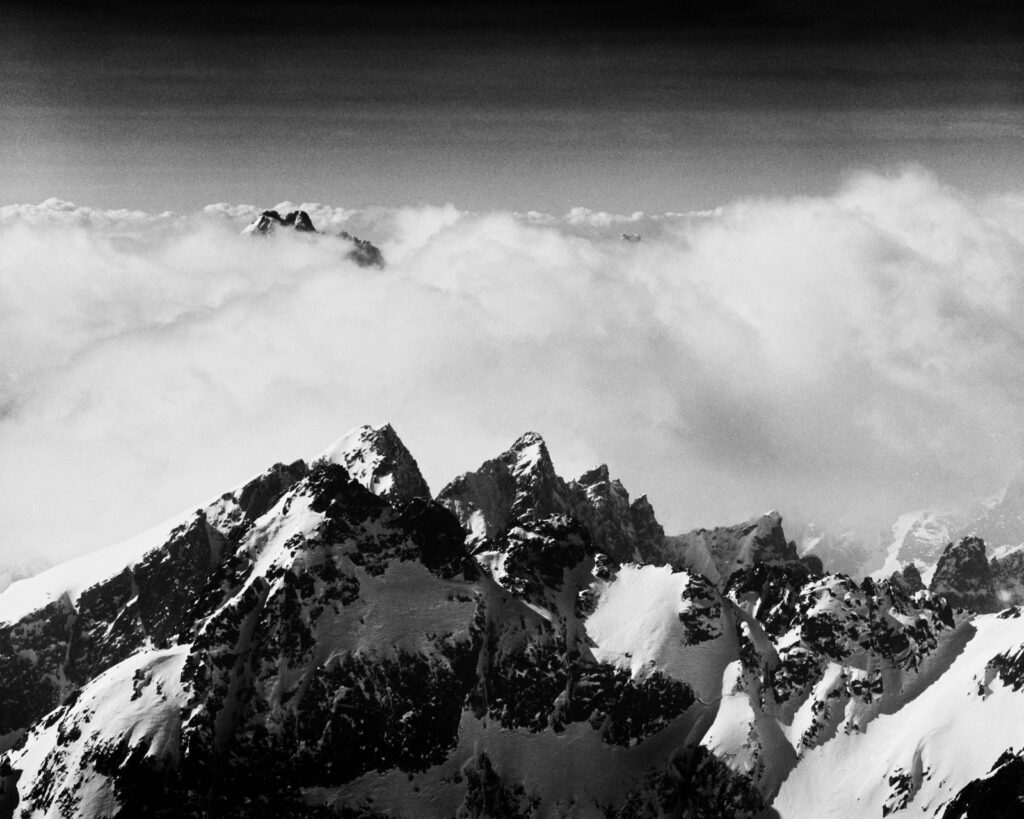

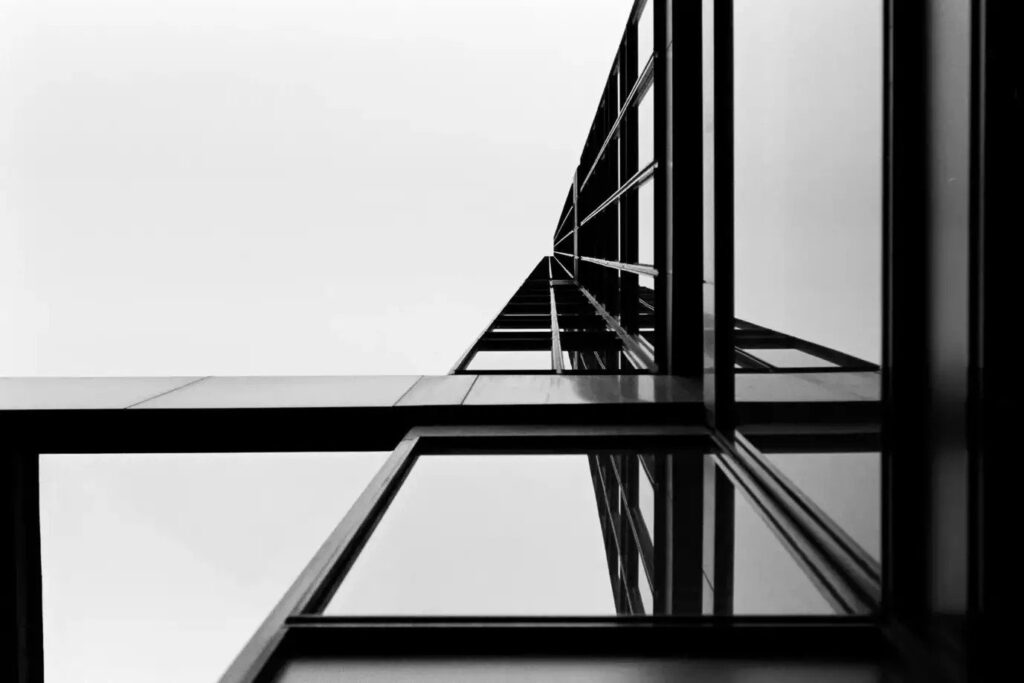
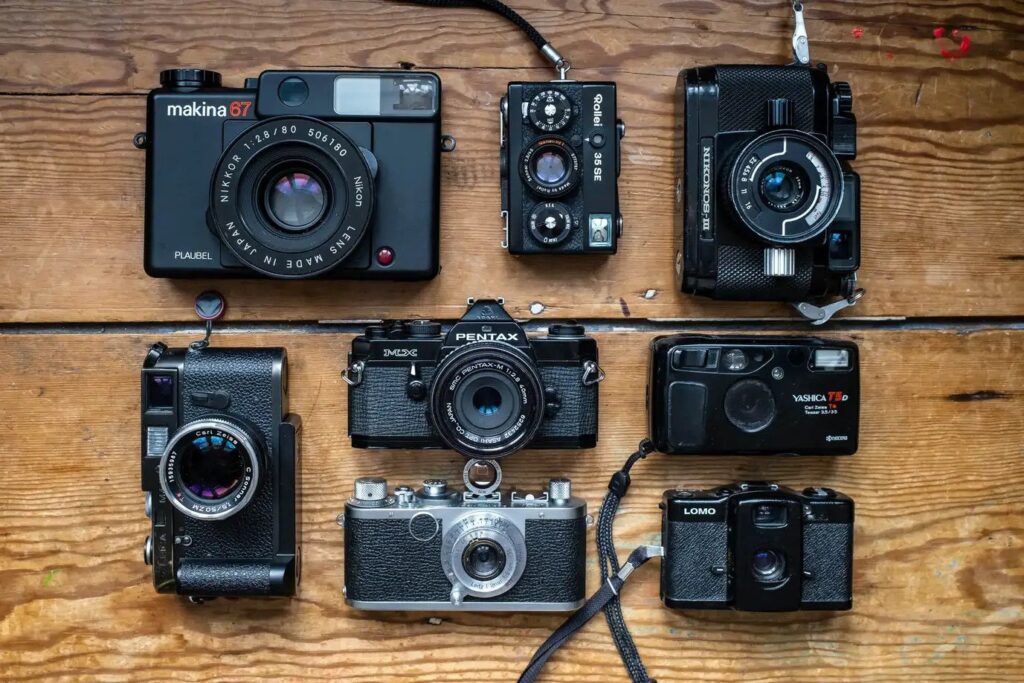
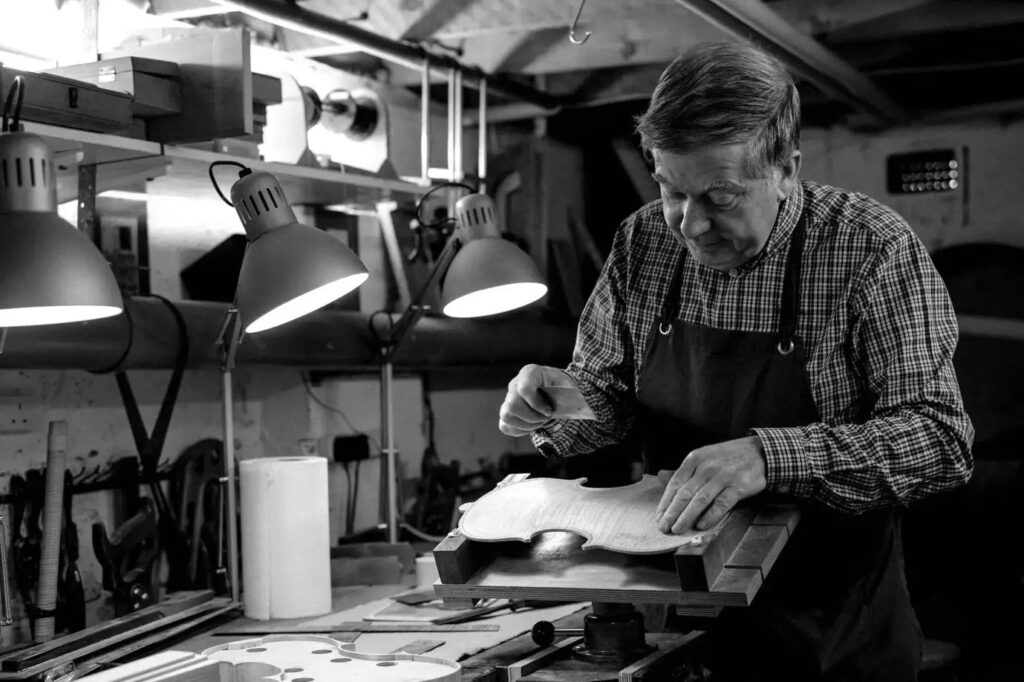
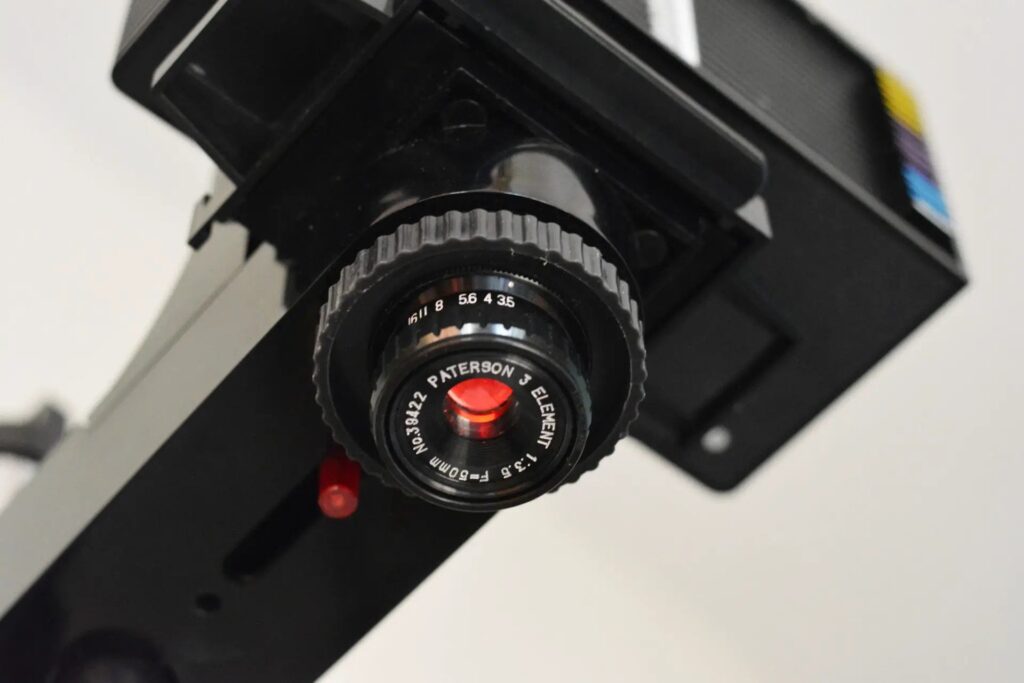
Comments
jason gold on Leica iiig, Elmar, Summar and Retropan Soft 320 in PMK Pyro
Comment posted: 13/03/2025
I was a top Pro. I used film evey second. That's all there was. My film was fresh.
I serviced major companies.. I did my own personal work.
Use New film if you must! Personally I was retiring as Digital arrived!
I love it!
Comment posted: 13/03/2025
Comment posted: 13/03/2025
Comment posted: 13/03/2025
RichardH on Leica iiig, Elmar, Summar and Retropan Soft 320 in PMK Pyro
Comment posted: 13/03/2025
Comment posted: 13/03/2025
Gary Smith on Leica iiig, Elmar, Summar and Retropan Soft 320 in PMK Pyro
Comment posted: 13/03/2025
I was never anything other than a rank amateur (at everything). 50 years ago when I started shooting film it was always fresh - that's all there was.
Personally, I'm just starting to shoot sheet film.
I love all of your posts!
Comment posted: 13/03/2025
Comment posted: 13/03/2025
Comment posted: 13/03/2025
Arthur Gottschalk on Leica iiig, Elmar, Summar and Retropan Soft 320 in PMK Pyro
Comment posted: 13/03/2025
Comment posted: 13/03/2025
Jeffery Luhn on Leica iiig, Elmar, Summar and Retropan Soft 320 in PMK Pyro
Comment posted: 14/03/2025
I'm assuming the dramatic grain is from fogging or perhaps over exposure? More likely long development. Out of date film is a crap shoot, for sure. All of the 35mm film I shoot is past date because it was left over from the time of covid when the school was shut down for two years. I've gotten my worst fogging from film that was in a warm location. Not your issue because you had yours in a fridge, but some emulsions are more likely than others to go south with time. Fortunately, the bulk of our film was in a low and cool cabinet. The worst films were the packs that were left on a high shelf. Ugh. Had to dispose of those rolls and also the paper.
I've also noticed that extended processing times considerably raises base fog. I cannot process the out of date film with stand development and expect to get good negatives. I've had my best results from old film with HC-110 dilution B. I try to keep my developing time below 7 minutes. My results from Rodinal 1:100 were awful with past date films.
Pyro CMK has been giving me fine grain results with HP5 and FP4 at slightly reduced box speed. 320 and 100 respectively. I've found that Pyro CMK delivers long scale and somewhat flat negatives, so I only use it for scenes of high contrast. It does have long development times, so a flat scene and extended times are going to deliver fog and grain. Where your negatives particularly stained on areas outside of the frames?
Comment posted: 14/03/2025
Dr. Ko on Leica iiig, Elmar, Summar and Retropan Soft 320 in PMK Pyro
Comment posted: 23/03/2025
Not sure how close this film is related to Orwo N-75, both have limited contrast and I usually pull up contrast after the scan. N-75, Orwo P400 also have the nasty tendency to fog up badly - if stored outside a fridge.
Currently I develop N-75 in Ilford HC 1:31 for app. 10 mins, the same time I use for HP5+ @800.
Comment posted: 23/03/2025